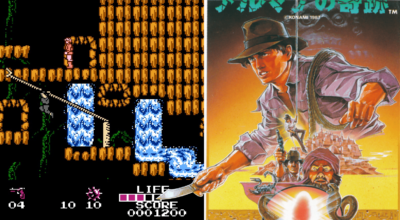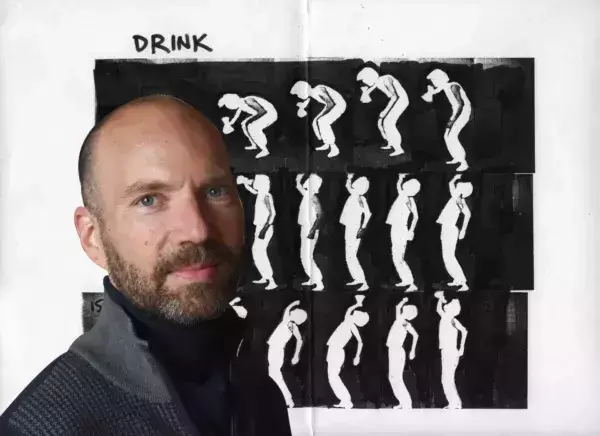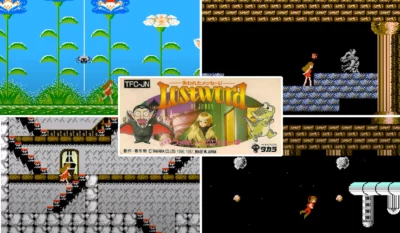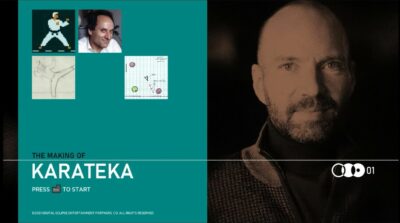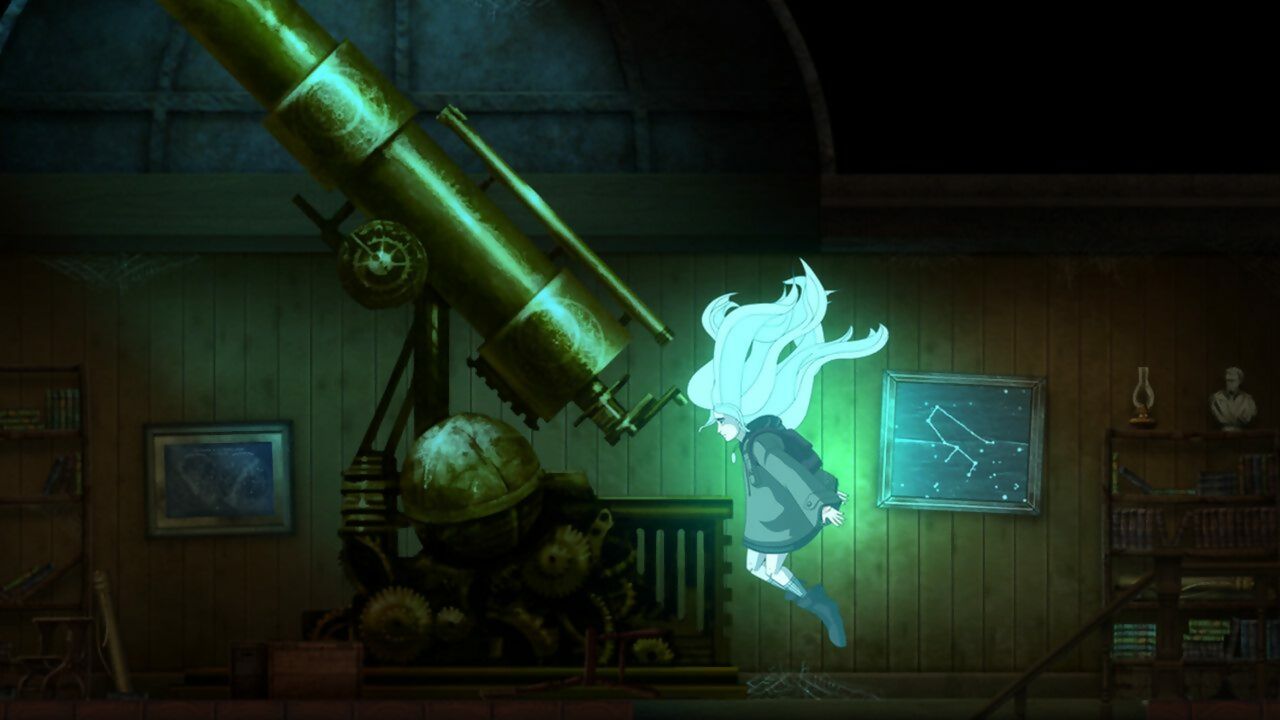
It’s easy to pinpoint when I first understood the power of audio in video games. I was 14 years old and completely gripped by Silent Hill. That ominous fog, the cumbersome controls, the bad things scratch-ing and shuffling just off-screen. I was so enthralled by it that I dared to break one of my parents’ strict house rules: one night, I snuck downstairs to turn the TV on after dark.
Of course, I had the foresight to mute the TV. And everything in Silent Hill was different. The images were flat. My heart wasn’t racing; my controller was no longer held in a grip of terror. Creepy corridors were rendered into boring, fiddly pathways, without texture. Silent Hill without sound was, well, kind of boring.
At the time, I couldn’t even begin to imagine how the sounds which made Silent Hill so effectively chilling could be produced, recorded, or applied to gameplay. I understood the impact audio had on my immersion, but had no idea how it was put together.
Even years later – as someone who produces music and has a keen interest in gaming – I had little in-sight into how game developers harness the power of sound to create their worlds. To clear the whole thing up, I spoke to a bunch of clever people in the industry, from freelance composers and sound de-signers working on indie projects, to songwriters and engineers producing music for triple-A releases. Here’s what I discovered.
Game Keys
Released in 2014, Whispering Willows is less bombastic than Silent Hill, but it remains a beguiling horror-adventure. Its sounds, meanwhile, are lonely, ethereal, yet still rooted in the physical world. This level of aural cohesion isn’t an accident – creating it took time and expertise.
Cat Arthur, the musician and sound designer behind the game, explains how she created this unified soundscape. “I consider the tonal relationships of all the sounds in the game as much as I would sounds in a piece of music,” Arthur says. “When I’m making the first few defining sounds, I decide what key that game’s going to be in, and that’s a primary consideration with all the sounds for that game. I also heavily reuse core elements of a sound all over.
“For example, in Whispering Willows, I made this creepy sound by blowing into a trumpet mute like you’d blow into a jug. That sound is all over the place. I made looping pads out of it. I pitch-shifted it up and down. I made a convolution reverb out of it. It’s a layer in tons of sounds throughout the game.”

Considering your audience is key – most players will hear your sounds on headphones or via their TV, so you should listen to them in the same way, too.
Ear Fatigue
There’s a similar level of complexity going on in Edmund McMillen and Tyler Glaiel’s playfully maca-bre The End Is Nigh. There’s one sound in particular that players hear a lot in this brutally hard plat-former: the lonely thud whenever they die. It’s elegantly simple, sounding like a muted drum hit emanating from an abandoned basement, yet it’s somehow also interesting enough that it never becomes annoying.
So how did audio artist Jay Fernandes weave this particular magic? “My workflow involves looking at a video/GIF of the animation and working in lots of layers,” he says. “I’ll also ask the designers about what the user should be doing or feeling at that point so I can help reiterate that through sound as well.”
As for that death sound, there’s actually a lot going on in that dull thud, with subtle variations used to keep it interesting to the ear. “I used probably seven to ten layers to get the final thing work-ing,” Fernandes explains. “I tried to avoid any audible tones except for the low ‘boom’, since I didn’t want people to hear the equivalent of playing the same key on a piano over and over.
“The death sound also has variations where the pitches and lengths of things change slightly, which helps to make sure players don’t hear the exact same thing over and over. I tried to avoid any un-necessary modifications that might result in something being overly digital or crunchy in a bad way, which can cause ear fatigue.”

Jungle and drum-and-bass music is usually around 170 beats per minute, which is partly why it works so well in racing games like Forza Horizon 4.
Music to drive by
Less subtle, yet no less satisfying to the ears, is the music to the Forza Horizon series of racers. Cre-ators Playground Games collaborated with Hospital Records on the soundtrack for the 2018 entry, Forza Horizon 4, which turned out to be a fruitful partnership. The rolling jungle inflexions, delicate piano riffs, and uplifting rhythm of the drum-and-bass tracks fuse brilliantly with the boisterous racing. It’s a great example of music complementing other sounds to evoke a petrol-fuelled rush.
Hugh Hardie, who produced the thundering track Offshore, says that his work for the game began with one or two simple loops. “This track started as a couple of pads just looping,” he explains. “That’s usually the thing I start with: pads or a sample, something that lends an atmosphere. And then I added the drum breaks. The main break is originally from an old soul record, with layered drums and little cuts at the end of each bar.
“There are lots of edits, and when producing jungle, you can be more expressive with your drums. It’s fairly quick to do because you can just move parts around, and because it’s all quantised, it all sounds good. You can just mess around and something ends up sticking, but it’s knowing when to hold back, which parts to keep, that makes the difference.”

Thud. The sound of your death is something you hear a lot in The End Is Nigh.
Just an illusion
Even games that look retro on the surface can have hidden complexities in their music, which is something Manchester-based composer and sound designer Rob Fenn – who also works under the name Fractures – knows a thing or two about. He worked on 2018’s Hyper Sentinel, Huey Games’ award-winning, top-down shoot-’em-up.
Fenn’s manic soundtrack and vocal effects work initially sounds like a chiptune track written on the Commodore 64’s famous SID chip, but behind the scenes it’s actually a bit more detailed. “I started with a Sound Interface Device [SID] chip emulator for the main parts of all the music,” Fenn says, “but then I cut it all up and reassembled it in Logic [Pro] with no regard to what the limitations of the SID chip actually were. I stacked the many parts together, passing them through sweeping fil-ters and crunching them up for some of that lo-fi, retro goodness. So what you’re really hearing is effectively a SID chip on steroids. I also used some modern synths for additional parts, but made sure it was all in keeping with that classic SID chip ‘feel’.”
This added complexity also helps keep the music sounding fresh, even on the hundredth play-through. “The in-game music definitely has to loop seamlessly, to keep the frantic, bullet-hell pace,” Fenn tells us. “So, when I’m arranging the composition it almost has to become a bit of an illusion, where unless they’re really paying attention, the player doesn’t necessarily notice that it’s back to the beginning again.”
Just as Hyper Sentinel’s music keeps the player feeling exhilarated, sound is key to keeping us in-vested in a hugely successful MOBA like League of Legends. Sound and voice-over designer Julian Samal works at Riot Games and, among other things, developed the sound elements for its Ranked system. This is integral to making players feel rewarded for their triumphs – something Samal and his team of designers strove to reflect in each sound element.

Fractures’ studio in Manchester, showcasing an enviable collection of hardware.
“When thinking about the audio goals of the project, we wanted to give players the opportunity to feel proud when showcasing their Ranked accomplishments, while simultaneously strengthening their resolve for that gruelling next part of the climb,” Samal tells us. “It was important to me to show progression and to define the upper limits of the tier celebrations. I wanted each tier to feel fresh and distinct from one another, so there was tangible audio feedback of the ranked climb. We tried to provide the sonic equivalent of a narrative arc to each tier.”
Samal also has some advice for people wanting to get into the industry. “It’s common in the early stages of your career to be hyper-focused on the design of each individual sound asset,” he says. “But ultimately, it comes down to designing sounds that will contribute to the game as a whole. UX-focused audio design for software and games means also thinking heavily about things like sys-tems, contexts, gameplay, the emotional subtext of different musical intervals, and about human behaviour. It’s about knowing the game and the player incredibly deeply, and borrowing some of the mindset of an engineer and a product manager.”
In the process of speaking to the broad range of musicians and sound designers for this piece, a few uniting truths emerged. Studio time and expensive gear aren’t as important as innovative ide-as or a keen focus on the intricate details of each sound you make – indeed, as Jay Fernandes ex-plains, the barrier to entry for a budding video game sound designer is now lower than ever.
“Nowadays,” he says, “if you have a computer and a phone that can record audio, you can get started almost entirely for free, since there are free DAWs (digital audio workstations) plug‑ins, instruments, and sample libraries. There are tons of great tutorials on YouTube for lots of things related to audio now, including game engine-specific stuff.”
It’s also clear that the artists and designers I spoke to work incredibly hard on the sounds they craft – sounds that help immerse you in a game’s setting, atmosphere, and character. Talk of pixels and frame rates may dominate much of video game media, and publishers rarely spend much advertis-ing budget on getting across how great a game sounds.
But just imagine Sonic without the “whip-whip-whip-whoosh” noise that follows him everywhere. Or Super Mario collecting coins without a single tinkling effect. Or Silent Hill, playing out in total, utter silence.


